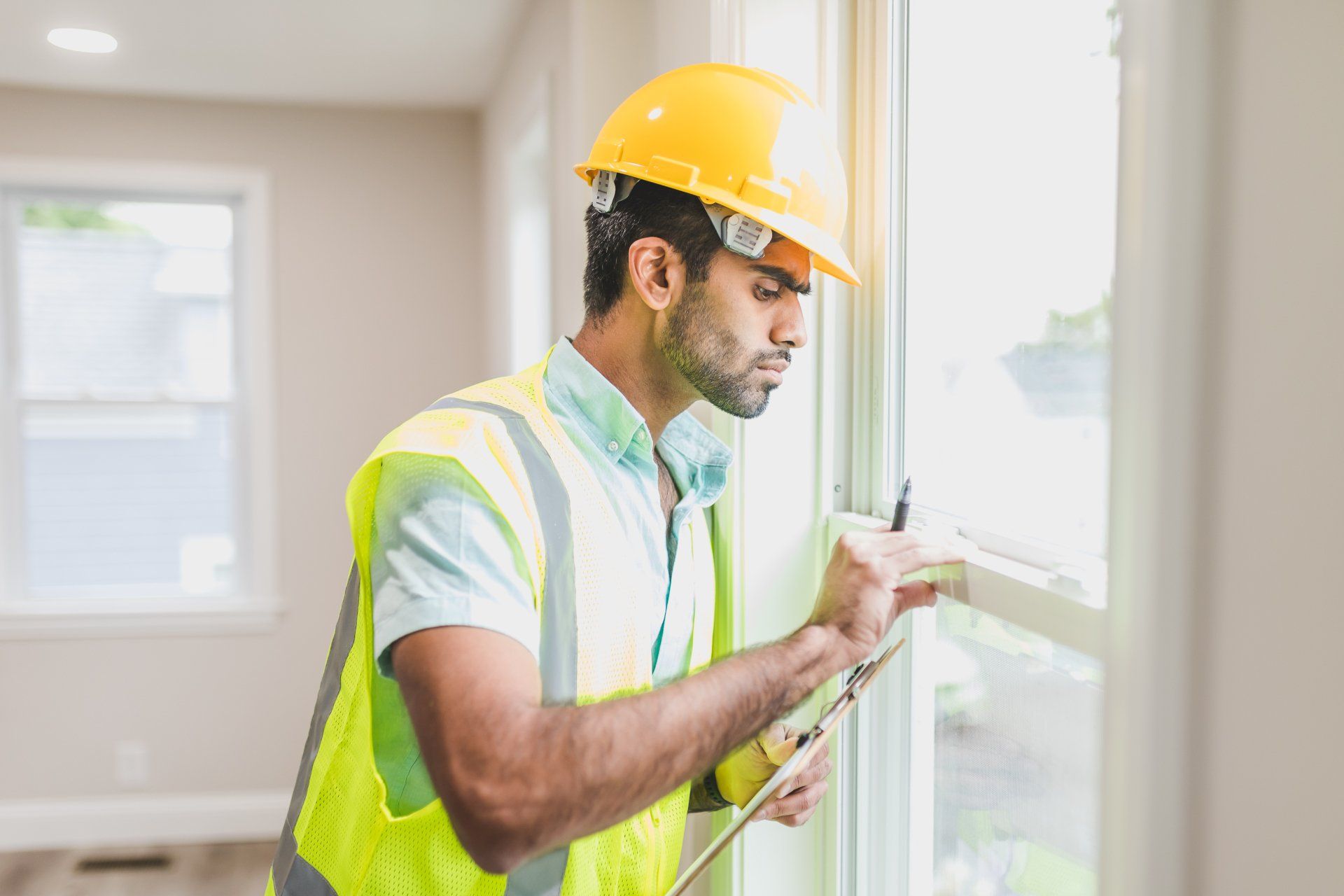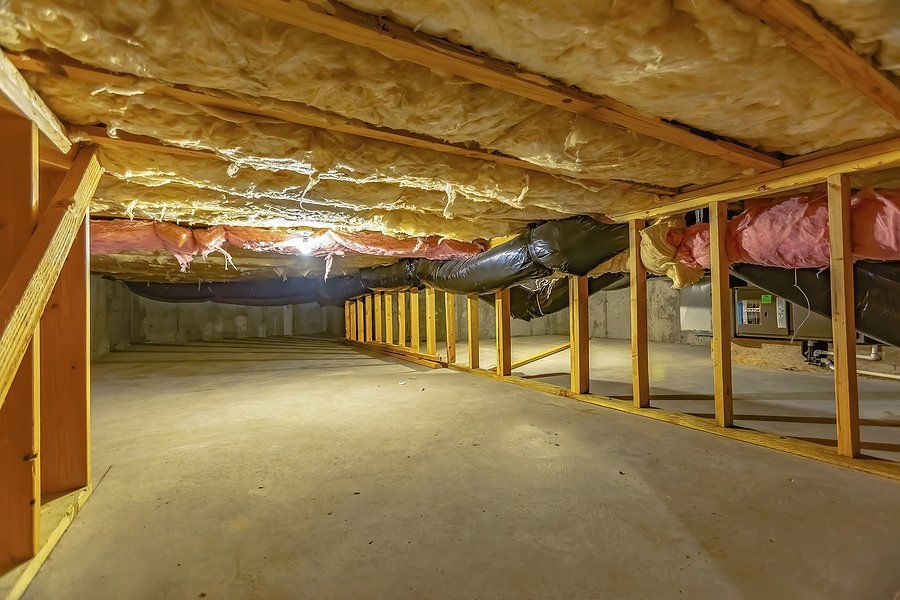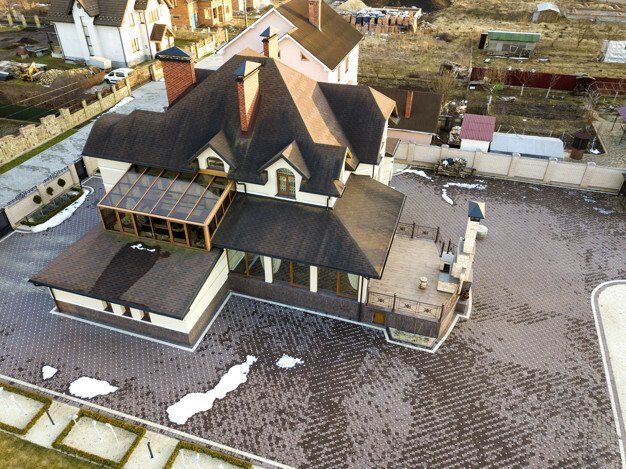Foundation Fears? How to Spot and Solve Cracks Before It's Too Late
Essential Guide to Identifying and Addressing Foundation Cracks for a Secure Home
When it comes to maintaining the integrity and safety of your home, addressing foundation problems is paramount. Foundation cracks, whether they appear as benign hairline fractures or alarming gaps, can signal significant underlying issues that demand immediate attention. This comprehensive guide will navigate you through the complexities of foundation repair, elucidating the types of foundation cracks, when to worry, and effective strategies for foundation crack repair. By understanding the signs of foundation problems and when to seek foundation work or consult foundation repair companies, you can safeguard your home's structure and ensure your peace of mind.

Understanding Foundation Cracks
Foundation cracks vary in severity and cause. While some cracks are superficial, resulting from natural settling, others may indicate deeper foundation problems. Here's a breakdown of common types of foundation cracks:
Vertical Foundation Cracks
Typically, vertical foundation cracks are the least alarming and are often caused by the natural settling of a house. However, they can become entry points for water and should not be ignored.
Cracks in Foundation Walls
These cracks can appear horizontally or in a stair-step pattern, especially in block foundation walls. Horizontal cracks are more concerning as they may indicate pressure from the surrounding soil.
When to Worry About Foundation Cracks
Foundation cracks when to worry include when you observe:
- Horizontal or stair-step cracks wider than 1/4 inch.
- Cracks that grow wider over time.
- Doors and windows that no longer close properly.
- Visible cracks on the exterior foundation.
- Water intrusion through cracks.
Signs of Foundation Problems
Recognizing the signs of foundation problems early can prevent more significant damage. These signs include:
- Uneven floors.
- Cracks on interior walls, especially around doors and windows.
- Gaps between wall seams or between walls and the ceiling.
- Cracked or crumbling concrete.
- Moisture, mold, or mildew in basements or crawl spaces.
Foundation Crack Repair: DIY or Professional?
Minor cracks can sometimes be fixed with DIY foundation crack repair kits. However, for more severe cracks or signs of foundation settling, it's prudent to consult a foundation contractor. Professional foundation repair companies have the expertise and equipment to assess the situation accurately and propose the best solution, whether it's house foundation repair or concrete foundation repair.
Choosing the Right Foundation Repair Method
The appropriate foundation repair method depends on the cause and severity of the cracks. Common techniques include:
- Epoxy or Polyurethane Injection: Suitable for filling and sealing hairline cracks.
- Underpinning: To stabilize and lift a foundation that has settled, professionals may use concrete piers or steel pilings.
- Drainage Correction: Sometimes, improving drainage around the foundation can alleviate pressure and prevent further cracking.
Finding a Reliable Foundation Contractor
Selecting a reputable foundation contractor is crucial for effective foundation work. Look for licensed, insured, and experienced professionals with positive reviews. Obtain multiple quotes and ask about their approach, warranty, and the materials they use.
Preventative Measures
Preventing foundation problems begins with proper maintenance and vigilance. Regularly check your foundation for new cracks, ensure good drainage around your home, and control the moisture level in your soil to prevent excessive expansion or contraction that could harm the foundation.
Advanced Signs of Foundation Distress
Beyond the initial signs of foundation problems, homeowners should be aware of more advanced symptoms indicating severe foundation distress. These can include:
- Significant shifts in the foundation: This can manifest as parts of the house sinking or tilting at an angle, leading to uneven floors and visibly skewed door and window frames.
- Extensive water damage: Persistent moisture issues not only contribute to foundation problems but can also lead to the deterioration of the structure over time, exacerbating existing cracks and creating a conducive environment for mold growth.
- Large cracks in the basement floor: While small cracks can be relatively benign, larger, wider cracks in the basement floor can signal serious foundation settling or shifting.
The Role of a Foundation Contractor
A foundation contractor plays a pivotal role in diagnosing and rectifying foundation issues. Their expertise allows them to distinguish between non-threatening and serious foundation cracks, recommend the most effective repair methods, and execute the necessary foundation work with precision. Here's what a foundation contractor does:
- Assessment: Conduct a thorough examination of the foundation to identify all issues and their underlying causes.
- Recommendation: Suggest the best course of action for foundation repair, which could range from simple fixes to comprehensive underpinning or stabilization projects.
- Execution: Implement the chosen repair strategy using specialized tools and techniques to ensure the longevity and stability of the foundation repair.
Long-Term Foundation Care
To prevent future foundation problems, homeowners should adopt a proactive approach to foundation care:
- Soil Management: Keep the soil around your foundation consistently moist by using soaker hoses during dry periods. This prevents the soil from contracting and pulling away from the foundation.
- Proper Landscaping: Ensure that all landscaping and garden beds slope away from the house to prevent water from pooling around the foundation. Additionally, avoid planting trees too close to the house as their roots can grow underneath the foundation, causing upheaval or drainage issues.
- Regular Inspections: Conduct semi-annual inspections of your foundation, looking out for new cracks or changes in existing ones. Early detection is key to managing potential issues before they escalate.
The Importance of Choosing the Right Foundation Repair Method
Choosing the correct method for foundation crack repair is crucial for the long-term stability of your home. Not all cracks require the same approach; what works for a minor hairline crack might not be suitable for a significant structural fissure. It's essential to match the repair method to the severity of the problem, taking into account factors such as the type of foundation (slab, crawl space, or basement), the material (concrete, block, or stone), and the cause of the damage (settling, water damage, or construction defects).
Conclusion: The Path to a Secure Foundation
Dealing with foundation cracks and ensuring the structural integrity of your home can seem overwhelming, but armed with the right information and resources, it's a manageable task. Recognizing the signs of foundation problems, understanding when to worry, and knowing how to select and collaborate with a skilled foundation contractor are crucial steps in protecting your home. Regular maintenance, combined with prompt and appropriate foundation crack repair, can prevent minor issues from becoming major concerns, ensuring that your home remains safe, stable, and secure for years to come.
This comprehensive guide serves not only as an informative resource for homeowners but also as a testament to the importance of early detection and professional intervention in foundation repair. By addressing foundation cracks and problems with the seriousness they deserve, homeowners can avoid the pitfalls of neglect and ensure the longevity and safety of their most significant investment.


